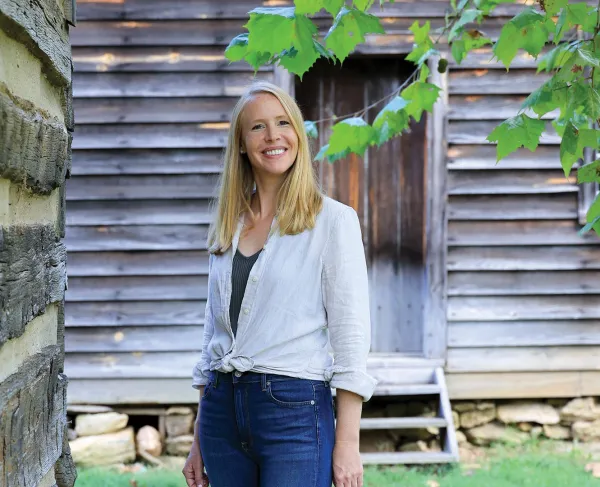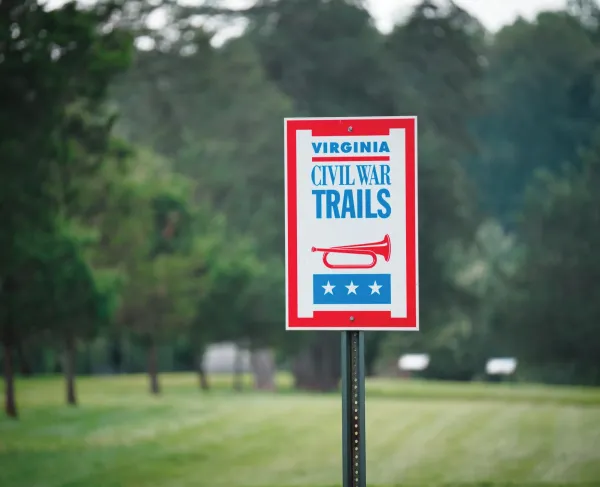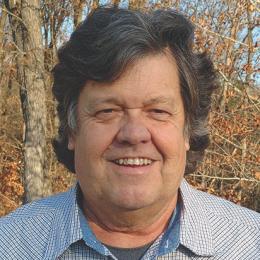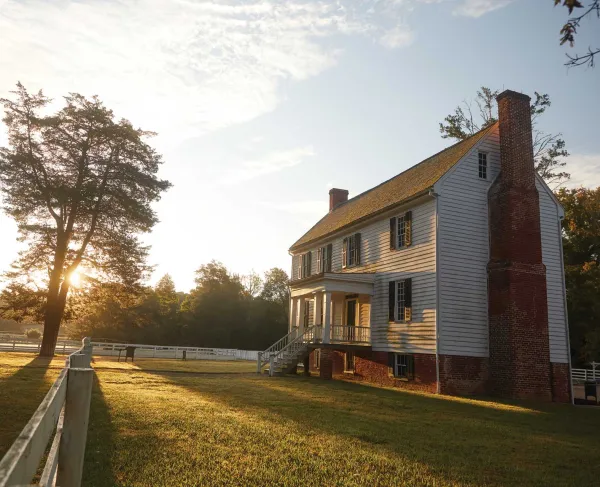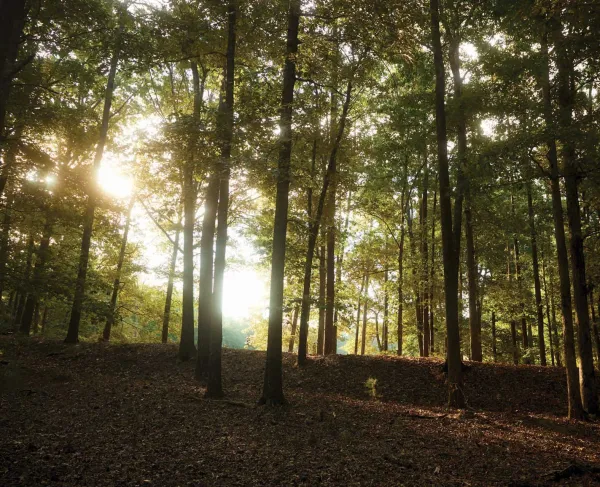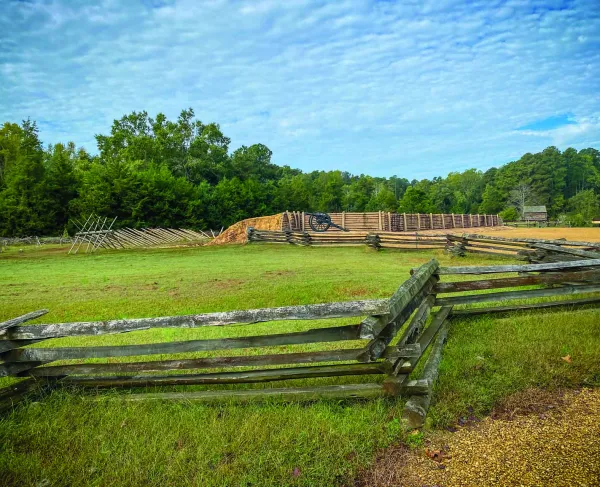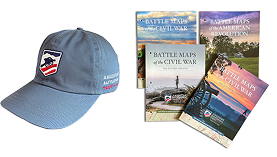The Power of Place
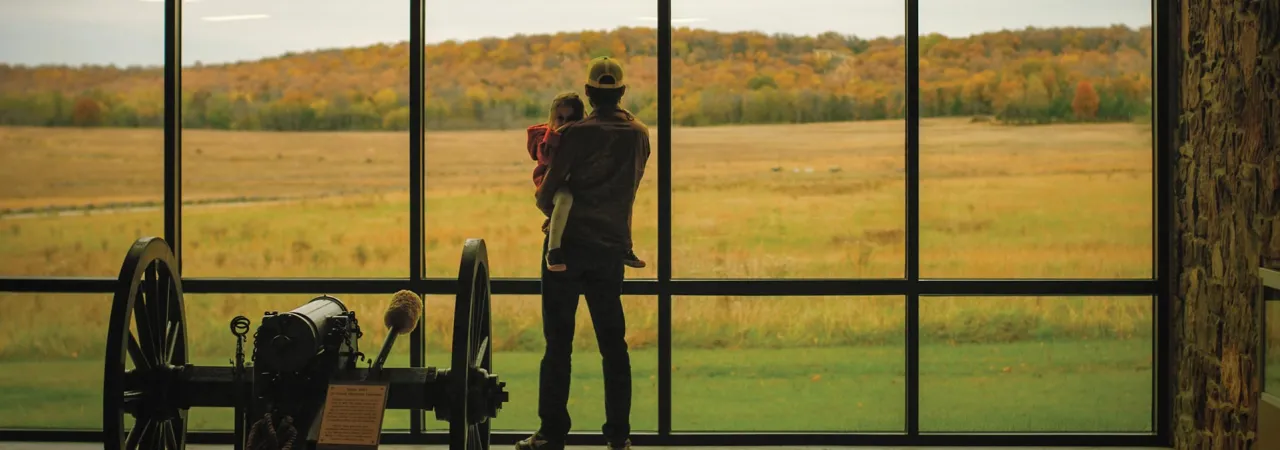
Pea Ridge National Military Park, Garfield, Ark.
On a sunny spring day, William Treuting, a guide with Culpeper Battlefield Tours, LLC, brought the great-great grandson of a Confederate soldier on a tour of the Cedar Mountain Battlefield in Culpeper County, Virginia. The ancestor had fought with the 21st Virginia and was one of the regiment’s 37 men killed in action on August 9, 1862.
“I was actually able to take him to the spot and tell him, ‘Based on the official reports, here’s where your great-great grandfather would have fought,’” said Treuting, a Cedar Mountain Battlefield Foundation Board member. And, because Confederate dead were buried where they fell, the pair reflected it’s quite possible that he remains there still.
It was “one of the [most] truly personal, engaging, interesting and touching experiences I’ve had as a tour guide at Cedar Mountain,” Treuting said.
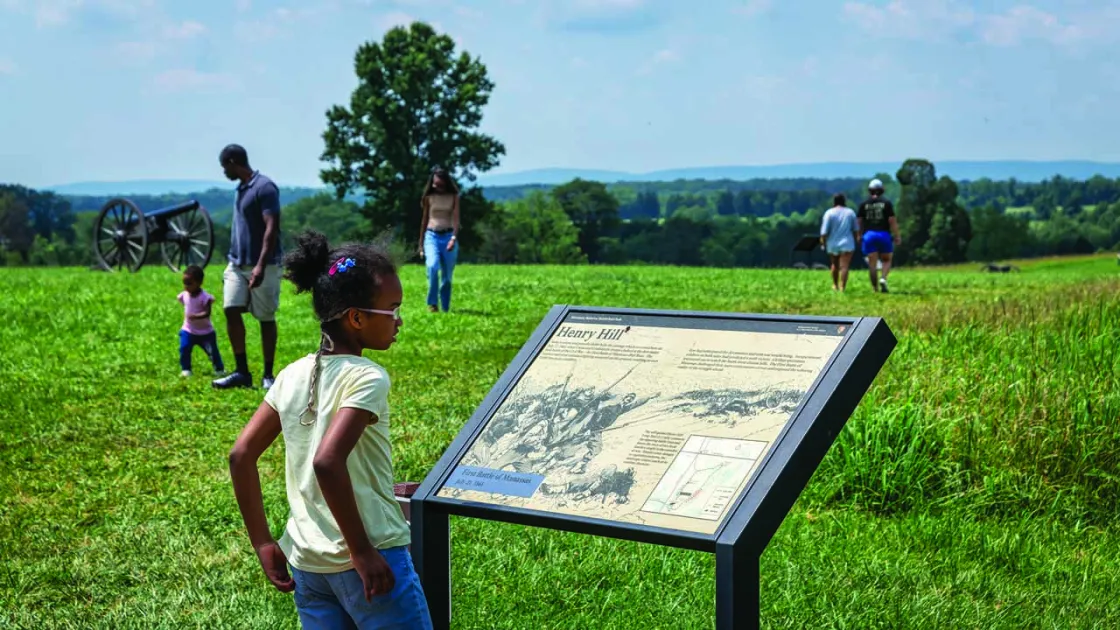
It was also a boost to the local economy unimaginable just 30 years ago, when the battlefield was unprotected and lacked infrastructure. Today, more than 700 acres have been preserved by the American Battlefield Trust and its partners, with trails and signage installed. A short drive northeast on Route 15, more than 2,150 acres of the Brandy Station Battlefield, which on June 8, 1863, was the site of the Civil War’s largest cavalry battle, have been similarly safeguarded.
Now, both sites are being transformed again, after Culpeper Battlefields State Park, the 43rd unit in the Commonwealth’s system, was dedicated in June 2024. Establishing the full park infrastructure won’t happen overnight, but the impact is already being felt.
“I’ve seen a dramatic increase of visitors to the battlefield, and we’re not even publicizing the state park yet,” said Clark “Bud” Hall, a Brandy Station historian and pioneering battlefield preservationist. “People will come. Couples will come. Families will come. People walking their dogs will come. People riding their horses will come.”
And each of those visitors will have a tangible — and cumulatively quite meaningful — impact on the local economy. According to research by the Virginia Tourism Corporation, every tourist dollar spent in Virginia generates five dollars of economic activity. And heritage tourists deliver even more targeted economic benefits, generating an estimated $7.7 billion and supporting 105,000 jobs annually.
“People will come. Couples will come. Families will come. People walking their dogs will come. People riding their horses will come.”
A Virginia-specific 2023 study found that heritage tourists spent an average of $959 on their trips, compared to $575 for other tourists. Their trips averaged five days, compared to 4.1 days for visitors in other categories, echoing American Battlefield Trust data stretching as far back as 2005. The survey also found that among all visitors, the most frequently cited special interest activity was visiting historic places.
“On average, over 40,000 people come through the Culpeper Visitor Center every year, and over the past 10 years, history and heritage has grown as the primary reason they came” said Paige Read, the city’s director of tourism and economic development. “The battlefields are our largest history assets, and all the work that American Battlefield Trust has done in the acquiring and the protection of those historic places has been transformative for this community. It blends both outdoor recreation and history and heritage tourism.”
Battlefield visitors are a key element of the multibillion-dollar American heritage tourism economy. In 2023, more than 21.7 million visitors were counted at the 36 National Park Service battlefields and historic sites of the Civil War, the Revolutionary War and the War of 1812. The Park Service estimates that these visitors spent more than $1.37 billion on things like lodging, food, entrance fees and souvenirs, which supported 19,609 jobs and generated an overall economic output exceeding $2.08 billion.
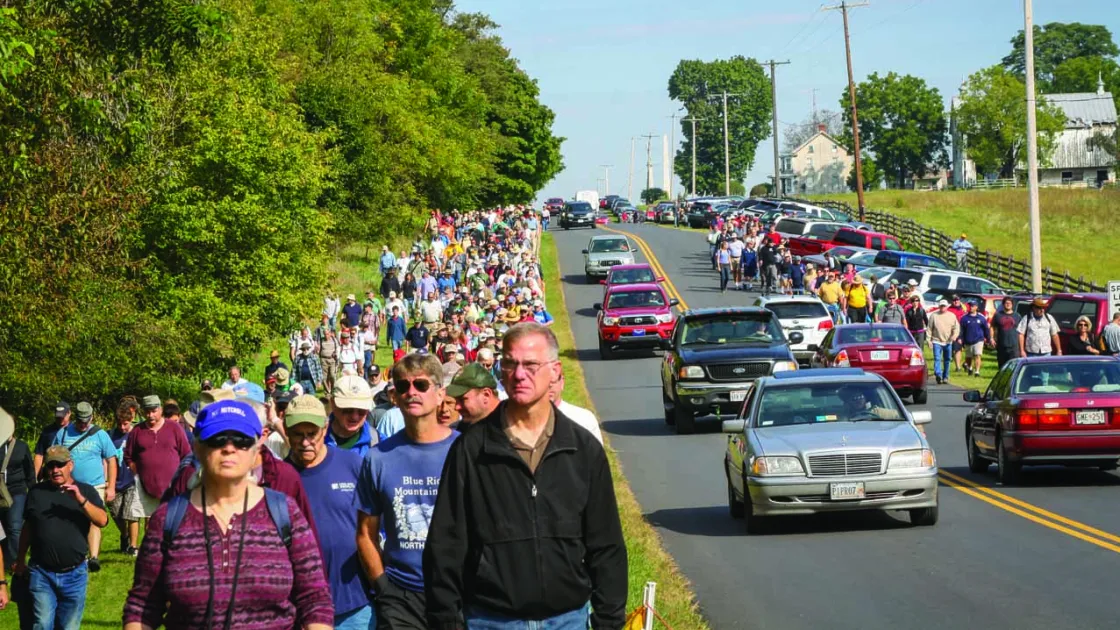
And that reflects only part of the impact, since the figures don’t include visitation at the many state and local battlefield parks or privately protected sites that lack the robust federal infrastructure to track and amalgamate data.
A new economic impact study released by the Shenandoah National Battlefields Foundation (SVBF) found that, in 2023, heritage tourism to New Market, Va., generated more than $1.59 million in economic output; contributed $999,178 to the community’s gross domestic product (GDP); generated more than $76,000 in tax revenue for local governments; and created or sustained as many as 23 full-time equivalent jobs.
The Shenandoah Valley — 150 miles long and 25 to 30 miles wide — is larger than Rhode Island and occupies about 25 percent of the Commonwealth of Virginia’s land mass. And the region has long been on the front lines of the preservation movement; the first land acquisition by the Trust’s predecessor organization came in 1988 at Port Republic. As more and more acreage was preserved at the Valley’s Civil War battlefields, Congress created the Shenandoah Valley Battlefields National Historic District in 1996 to connect these hallowed grounds and develop the sites into tourist destinations.
“Before battlefield preservation, there really was not a whole lot of park space on the Valley floor. There was Shenandoah National Park up on the Blue Ridge, and there was the national forest to the west, but as far large landscapes of conserved park spaces, those didn’t exist,” said Kevan Walker, CEO of the nonprofit foundation that oversees the heritage district. “And now you're looking at more than 7,500 acres of battlefield ground at 11 battlefields ... approximately 3,000 acres open to the public. And we also have museums and visitor centers; when you combine it all, we had just under 140,000 visits in 2024.”

In Tennessee, the Parker’s Crossroads Battlefield, where Confederate Gen. Nathan Bedford Forrest and his men fought their way out of a seemingly perfect Union trap on December 31, 1862, is another example of preservationists creating a history destination from scratch. Not a single acre was saved there until 2001. Since then, 370 acres of core battlefield land have been preserved and interpreted, and a visitor center was opened in 2011.
“The battlefield has certainly had a positive impact on tourism here,” said former Tennessee Congressman Steve McDaniel, now the city manager of Parker’s Crossroads. “Interstate 40 traverses the battlefield park here, so it’s very convenient for those who are traveling I-40 to exit [to] visit our visitor center and tour the battlefield park. We have a guided driving tour. We [also] have about four miles of paved walking trails with over 50 interpretive signs.
“Since the battlefield park came into existence, we picked up a new Hampton Inn Hotel and also picked up a Tennessee State Veterans Cemetery,” said McDaniel, who spearheaded the battlefield preservation effort. “The battlefield trail goes right up to the back of the hotel, so guests can just walk out of the hotel and tour the battlefield.” McDaniel went on to say about 14,000 or 15,000 people sign the visitor center register every year but estimates as many as 50,000 people visit each year, either for the history or for recreation.
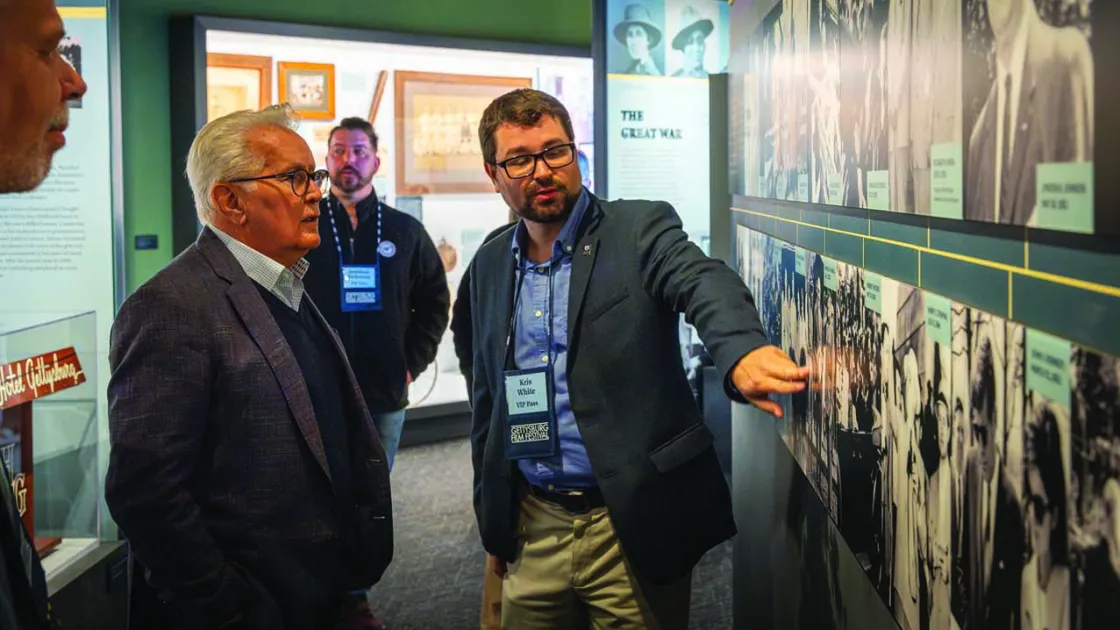
At Gettysburg, which became a tourist destination almost as soon as the 1863 battle ended, new heritage venues are stimulating the economy and helping make up for lagging visitation numbers at the national park. For example, when Andrew Dalton joined the staff of the Adams County Historical Society in 2016, it was headquartered in a house on Seminary Ridge and had few visitors. Dalton spearheaded the construction of a new facility on Biglerville Road that features the Gettysburg Beyond the Battle Museum, which was named the country’s best new museum in 2023 by USA Today.
“At the old facility, we had a small research room that drew maybe 10 or 15 people a week.” Dalton said. “Now we have 30,000 or 40,000 people a year.” Even if it’s too early for full analysis of economic impact, “I know a lot of the local businesses have enjoyed having something new to recommend. And I think they also like the fact that we are a visitor center for the history of the place — Gettysburg — and not just the battle.”
Other new facilities in Gettysburg over the past decade are cumulatively encouraging longer visits, which means more economic benefit for the community. These include Children of Gettysburg 1863® and Ticket to the Past, a virtual-reality experience at the Lincoln Train Station, both operated by the Gettysburg Foundation — plus the Trust’s restored Lee’s Headquarters and other newly protected properties.

The same principle is being extended statewide by the Trust and its many partners through The Liberty Trail initiative, creating linked networks of Revolutionary War sites and allowing smaller battlefields and museums to benefit from the name recognition and gravitational pull of their larger neighbors.
“There are 30 battlefields currently on The Liberty Trail SC app,” said South Carolina Battleground Preservation Trust Executive Director Rick Wise. (South Carolina was the initial state in the now-growing series.) “We’re hoping that it’s kind of contagious, if you will, and once folks go to one battlefield, they will want to go to another and another and another. And what that means, of course, is that people will learn much more about the Revolutionary War here in South Carolina.”
According to a report by Explore Charleston and the College of Charleston’s Office of Tourism Analysis, the Holy City experienced a record $14.03-billion economic impact from tourism in 2024, a 7 percent increase from 2023. The region also saw a 1.2 percent rise in visitors and a 5.5 percent increase in average visitor spending, with tourism accounting for 23.5 percent of total sales and employing 54,900 people, the new report said. The hope is to draw more of that foot traffic out of downtown to accessible suburban sites like Fort Fair Lawn and demonstrate how the journey could continue to newly interpreted battlefield parks like Eutaw Springs and Fort Watson. Especially in small and rural communities, each traveler who makes it into town to walk a short trail and then buy lunch — or even fill up the gas tank locally rather than at a highway rest stop — matters.
To do that, The Liberty Trail SC is using Charleston’s popular Marion Square as a gateway site. A remnant of the massive “Horn Work” fortification featured in Revolutionary War combat, it has long stood in the square, fascinating visitors. But now, a series of 32 informative, in-ground plaques traces its footprint, and an innovative pair of binocular-style viewers give visitors an augmented-reality view of the wall and what unfolded around it. “If you liked this …” signage beacons “explore these other sites with their own unique stories and 21st-century opportunities.”
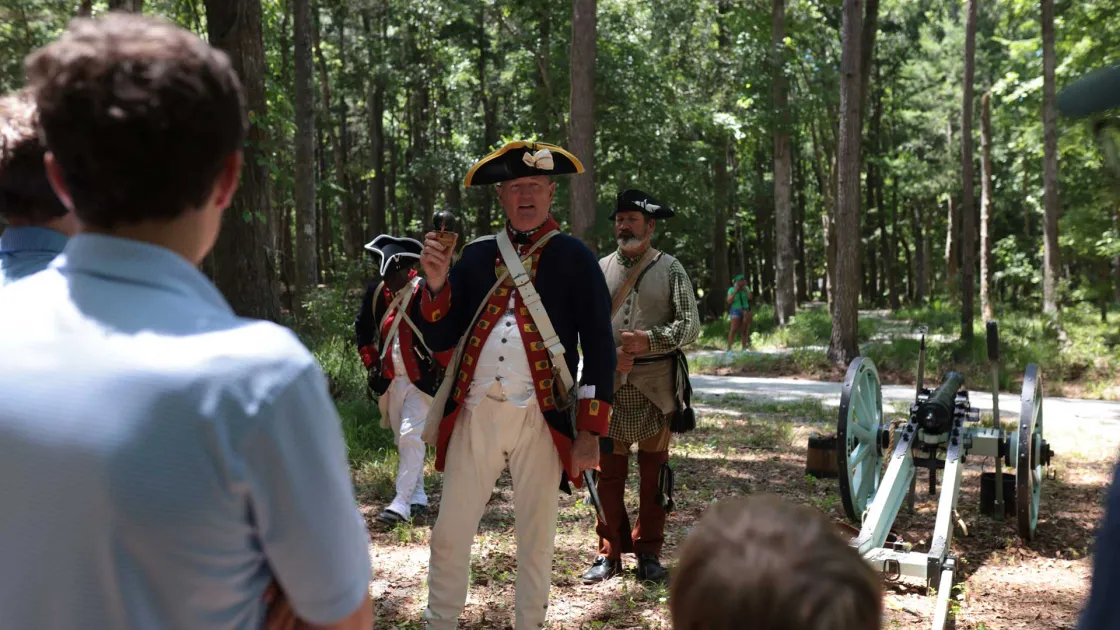
Wise himself has learned much about the state’s Revolutionary War history in his work with the South Carolina Battleground Preservation Trust and is proud that The Liberty Trail helps tell the full story.
“I will tell you, and I’m a native South Carolinian, that we didn’t necessarily get the whole story in the history lessons we were taught in school,” he said. “Because, quite frankly, the Southern campaigns of the American Revolution were kind of overlooked at the end of everything. Everybody figures that Yorktown was the end of the war, and that was that. Well, there was a reason Cornwallis wound up in Yorktown, and that was because he was not successful in getting South Carolina to roll over and play dead.”
Site managers are also cognizant that a battlefield doesn’t exist in a vacuum. Many are in scenic locations that attract recreational visitors for hiking or near idyllic small towns with their own charms. Virginia Tourism Corporation data hammer home the crossover audience historic sites enjoy: Among those who came to the Old Dominion on overnight trips specifically for its beaches, 29 percent squeezed in a historic site or landmark, and similar levels occurred within segments whose primary purpose was craft beer (27 percent), wine (31 percent) and live music (34 percent).
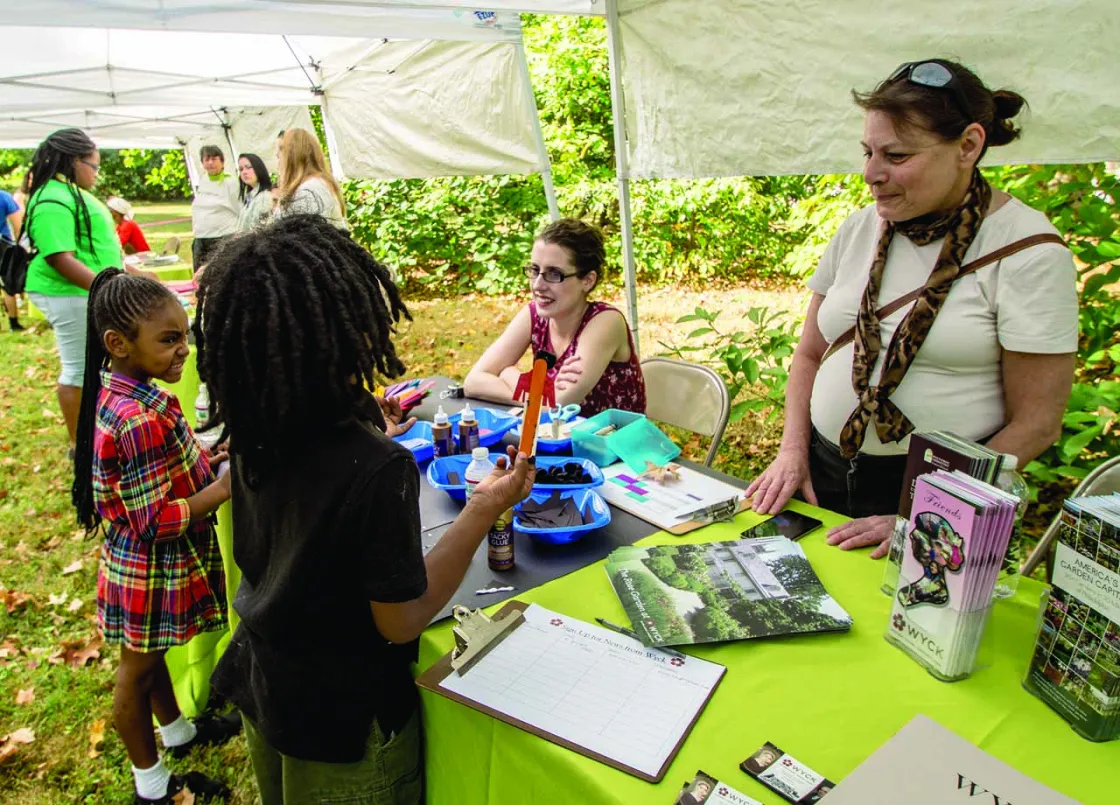
“You can’t say that the outdoor recreation visitors aren’t there partially because of the history,” said Walker. Or that, even if they didn’t arrive with interest, thanks to the presence of signage and other interpretive infrastructure, a little bit of history won’t rub off on them.
So how to draw those folks in? Many sites offer tours and programs with a different sort of twist. Birding is a popular entrée activity that can tap into community partnerships, with Petersburg National Battlefield, Va.; Ninety Six National Historic Site, S.C.; Kennesaw Mountain National Battlefield Park, Ga.; Palo Alto National Historical Park, Tex.; and Chalmette Battlefield National Historical Park, La., among those with recurring events on the calendar.
While nearly all parks allow bikes on driving routes, organized cycling tours are another popular choice, including at Chickamauga and Chattanooga National Historical Park, Ga., and Fort Stanwix National Monument, N.Y. Valley Forge National Historical Park offers on-site bike rentals, including e-bikes. Longer biking options exist too. Monmouth Battlefield State Park in New Jersey has routes connecting to a nearby county park that total almost 30 miles, and the Fort Harrison Loop traverses multiple Civil War battlefields outside Richmond, as well as parts of the far longer Virginia Capital Trail. Private, multiday options can take cyclists from Gettysburg to Antietam to Harpers Ferry and beyond.
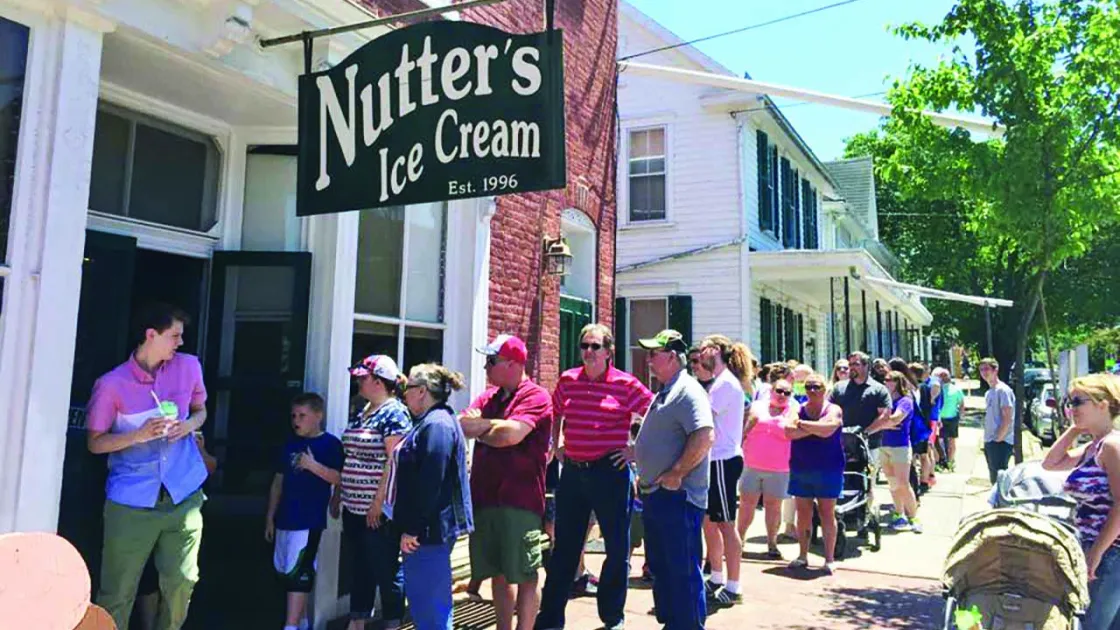
And that just scratches the surface of creativity. “Recently, we had an event where a bunch of painters came and set up their easels and canvases and actually painted parts of the battlefield,” said Trueting of Cedar Mountain. “We try to appeal to a wide audience. We realize that not everyone is a history enthusiast. But because of the preservation of the natural environment, there’s much more to this place than history.”
“What we found during COVID was a shift to outdoor recreation – a shift to parks – and a younger generation of travelers who are looking for authenticity in travel and places that gave them a sense of realism and meaning.”
Whereas once it might have been assumed that most heritage tourists are older “baby boomers,” that is no longer true. Virginia data show that the mean age of the historic travel cohort is 48, and only 22 percent are retired. Map guide requests submitted to Civil War Trails (see page 28) for all six of the states it covers bear this out: More copies are being sent to the youngest and most diverse audience ever.
“What we found during COVID was a shift to outdoor recreation — a shift to parks — and a younger generation of travelers who were looking for authenticity in travel and places that gave them a sense of realism and meaning,” said Walker. “So, a lot of heritage tourists we see these days are young couples and young adults.”
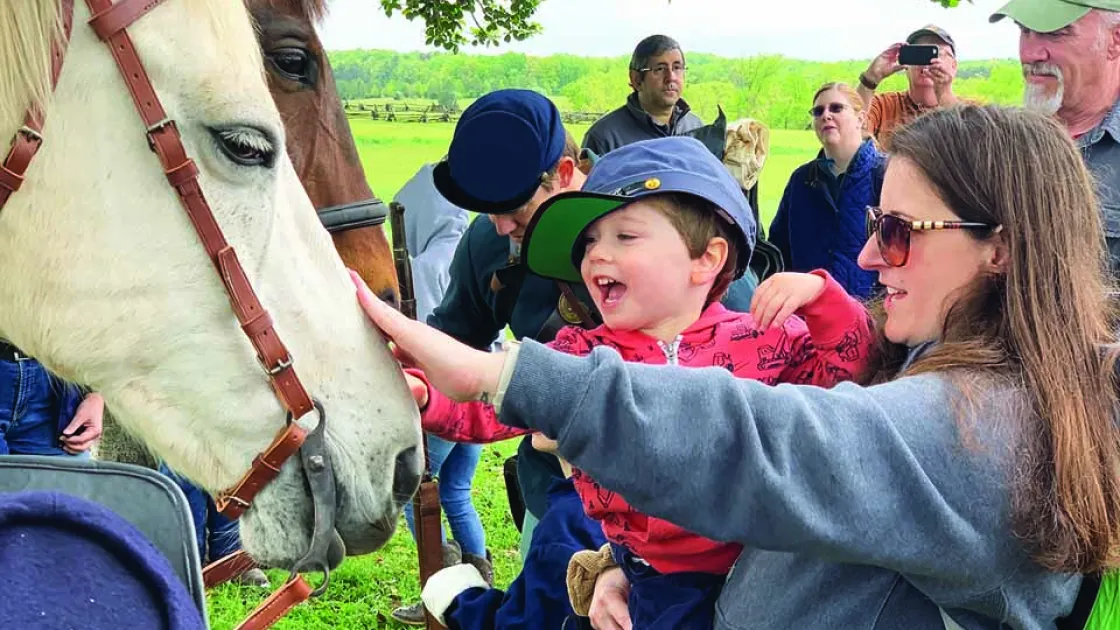
Depending on the age and interest-level of children, historic sites can be exciting and interesting options to visit. Family-friendly programming and integrating a historic site into a broadly appealing community network are also critical, since 42 percent of history travelers in Virginia have their kids in tow. The National Park Service’s Junior Ranger Program is a tried-and-true example, offered at more than 400 units of the National Park System. Youngsters complete a site-specific activity pack to earn a unique badge — often presented in a special ceremony — while adults can take time to read longer signs or listen to a ranger presentation.
Back in South Carolina, Rick Wise has also found that many heritage tourists come to learn about their own family’s personal heritage and the role family members played in the war that led to the creation of the United States. “These were real people,” Wise said, and when their travails and sacrifices are remembered and retold at the very places where they occurred, it provides a dramatic experience “that goes far beyond the dusty pages of history.”
Not long ago, Wise was contacted by an Ohio resident who was planning to visit a buddy in Georgia but wanted to make a heritage side trip to Camden, South Carolina, site of a major British garrison as well as a decisive British victory in a 1780 battle. The man said he had a Patriot ancestor who was captured at the Battle of Camden.
“He contacted me and wanted to know if I could talk to him and give him a tour,” Wise said. “I said, ‘Sure, c’mon down.’”
Directly and indirectly, the Ohio man’s side trip to South Carolina provided one more small boost to the heritage tourism economy. Even if not to Wise himself.
“How much do I owe you for the tour?” the man asked beforehand.
“Nothing,” Wise replied. “Your ancestor paid for that a long time ago.”
